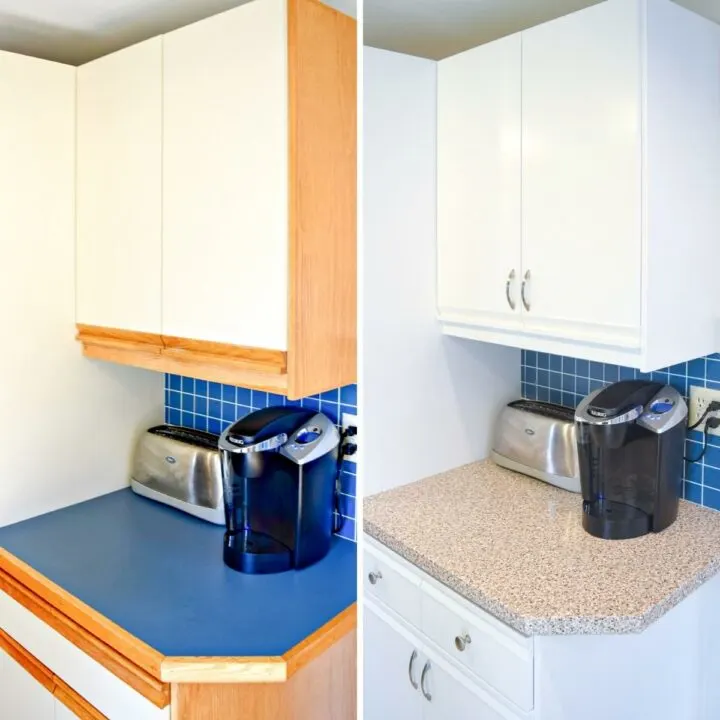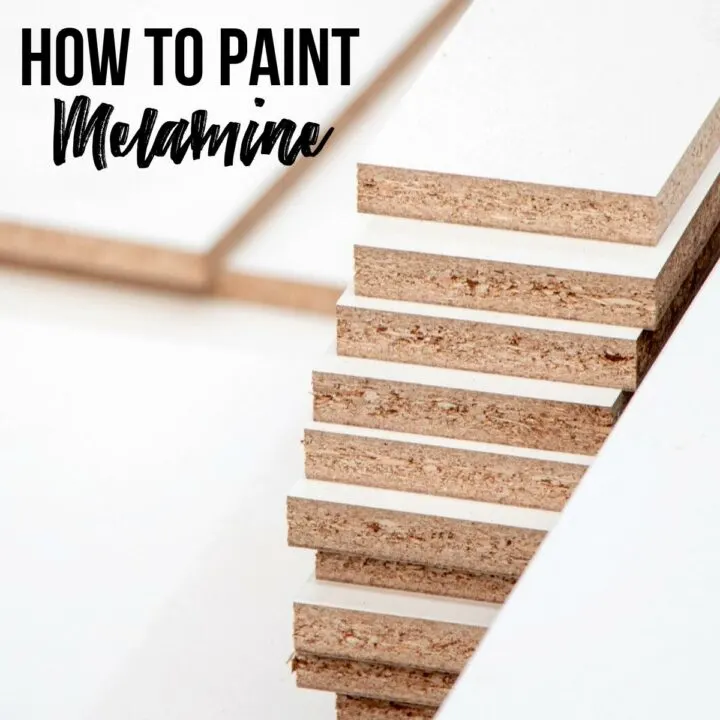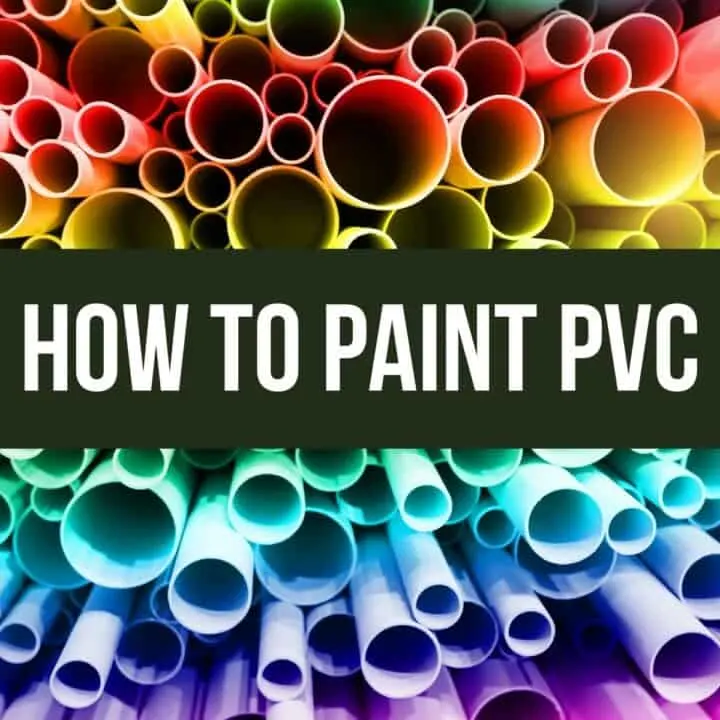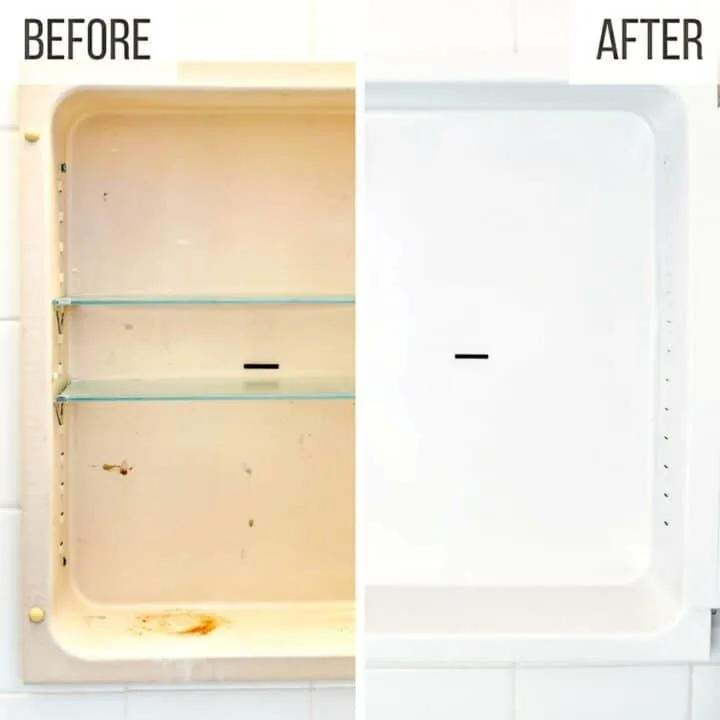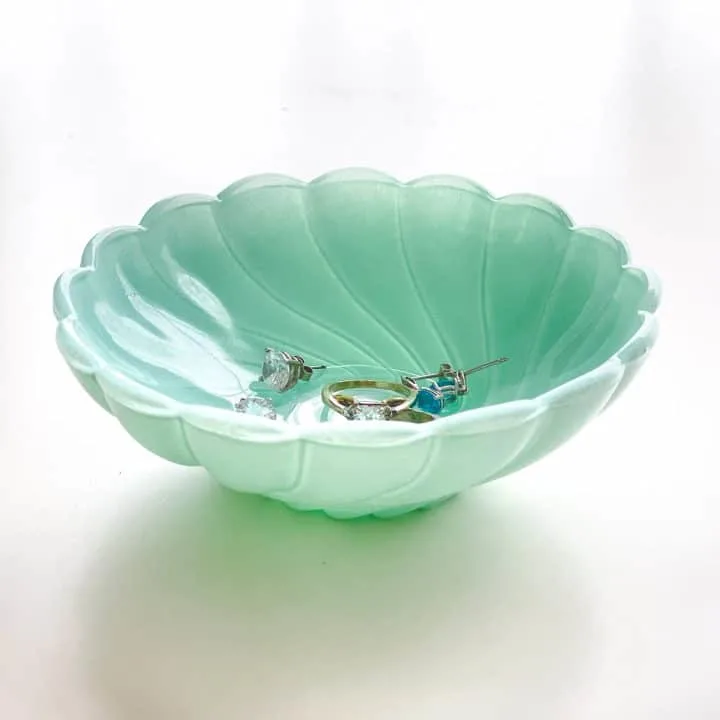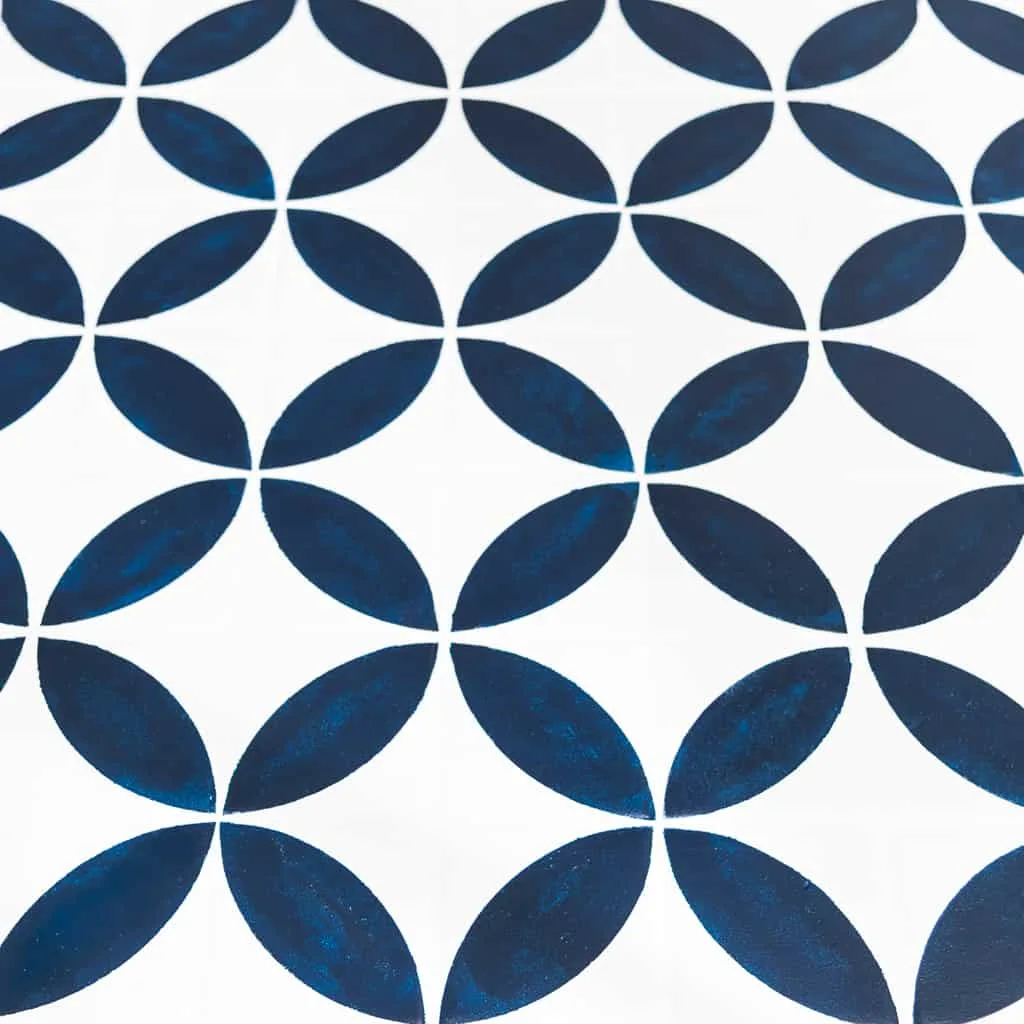Are you wondering if you can paint over wallpaper? Find out whether you can, and whether you should, in this article!
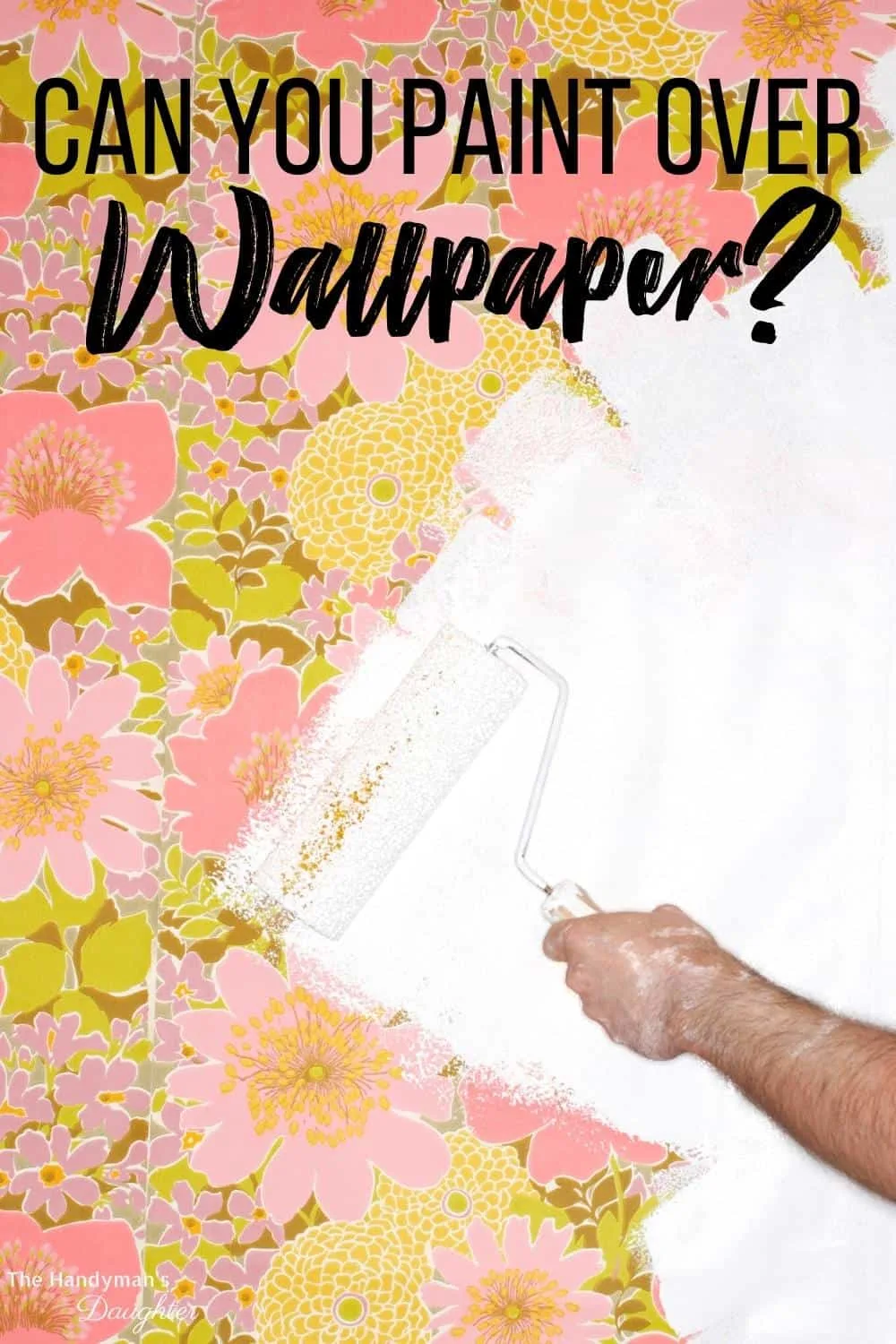
Dated wallpaper cramping your style? Tempted to grab a paintbrush instead of a steamer? Painting over wallpaper can be a quick fix, but it's not always the best solution. This guide will walk you through the pros and cons, helping you decide if painting over wallpaper is right for your project.
This post contains affiliate links for your convenience. Purchases made through these links may earn me a small commission at no additional cost to you. Please visit my disclosures page for more information.
Is it ok to paint over wallpaper?
Yes, it's ok to paint over wallpaper. However, the type of material the wallpaper is made of, and the condition it's in, will be a big factor in the final result.
Also keep in mind that you might not be saving yourself any time in the long run. It takes a lot of extra work to paint wallpaper properly. And if you decide you don't like how it turned out, removing wallpaper with paint on it is significantly more difficult than wallpaper alone.
When should you NOT paint over wallpaper
There are times when you definitely should not paint over wallpaper, and it's best to remove it instead. Here are a few things to look for...
First, check to see if there is any bubbling or peeling at the seams. This will not look better after it's painted. However, if you take the time to repair these areas, you might get a good finish.
Second, if there's a vinyl or plastic coating, the paint will not bond properly. This type of wallpaper is common in bathrooms because it can repel moisture, and that includes water-based paint.
Speaking of bathrooms, painting over water-damaged wallpaper is a recipe for disaster. Address the underlying moisture issue, rather than trying to cover it up!
Finally, textured wallpaper may have a raised, bold pattern that is difficult to hide with paint. Even if you think that grasscloth wallpaper will look cool when painted, it will be more difficult to get an even coat on the uneven surface.
How to paint over wallpaper
Painting over wallpaper requires a different approach from painting over normal drywall or wooden wall paneling. You'll need to do some prep work to get a decent finish.
Prepare the wallpaper for paint
First, take a moment to inspect the wallpaper. If there are any bubbled areas, these should be repaired. If the corners are peeling, they should either be reattached or cut out. Check out the video below for tips on how to repair wallpaper.
Fill any nail holes or scratches in the wallpaper with spackle, just like you would for drywall. Any imperfections in the surface will show up in the final result, so take the time to fix anything now.
Use a vacuum to remove any dust. You need to ensure there is no built-up dirt or residue on the wallpaper. It must be clean to accept primer and paint.
Use the right primer
Now that everything is clean and fixed up, it's time to prime. Avoid a water-based or latex primer. Why? Latex primers cause the wallpaper to peel and bubble because the water reactivates the drywall paste.
You'll have more luck with an oil-based primer paired with oil-based paint. You can read more about the difference between oil-based primer and water-based primer here.
Also, some wallpaper has a strong color pigment. This pigment can leak through the primer, tainting the final color. My go-to shellac primer will get the job done by blocking the color from bleeding through.
Fill the imperfections in the wallpaper
Before that fresh coat of paint, go over all the gaps and seams and touch up any imperfections with spackle.
Wait, didn't we just do this?
The primer will highlight problem areas that you may not have noticed before. The flat, matte sheen of the primer makes every bump and scratch more visible.
Paint the wallpaper
Once everything is ship-shape, it's time to use the paint!
Paint everything as you normally would, starting from the outside edges and working your way towards the center of the wall. Allow the first coat to fully dry before you move on to a second coat.
After the first coat, inspect the wall to make sure the wallpaper is taking the paint well and that there are no bubbles or wrinkles. With any luck, your walls should look like new again!
While it's more work, removing the wallpaper often provides the best long-term results. Check out my guide on removing wallpaper for tips and tricks to make the process easier!


